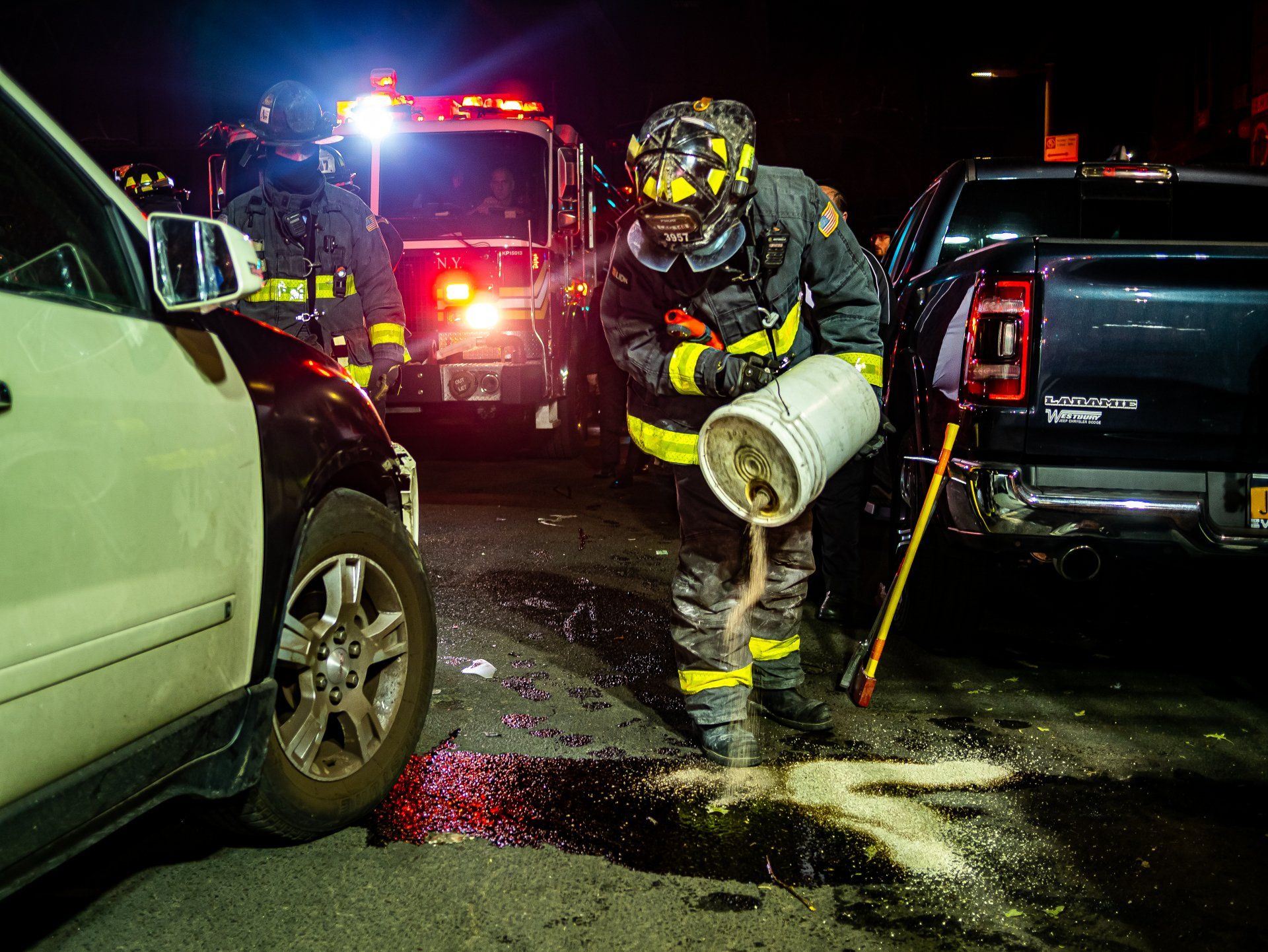Police Ordered to Produce File
Police try to derail suit brought by murdered man’s family
Barb Brown – The Hamilton Spectator
Hamilton police hope to quash a negligence suit that was brought against the service by the family of a young man stabbed to death by a dangerous fugitive.
Corey Rogers, 25, had tried to turn himself into police a week before going on a stabbing rampage on Feb. 17, 2007, outside the Dizzy Weasel bar on Barton Street East. Rogers was sentenced to life imprisonment after being found guilty of murdering Paul Haggerty, 19, and Lucas Deane, 18, and wounding two other teens.
Police lawyer David Thompson went before Superior Court Justice Alan Whitten yesterday to argue that the Haggerty family’s statement of claim should be struck because it did not have a legal cause of action.
Charles Flaherty, who acts for the Haggertys, argued it was premature for Thompson to bring his motion. Flaherty and counsel for the Dizzy Weasel, Andrew Evangelista, persuaded the judge to delay the hearing until after the police disclose a list of documents that the plaintiffs are waiting to receive.
Among the documents is the full report of Niagara Regional Police, which performed an external review of the way Hamilton police handled Rogers. The dangerous fugitive was declared Hamilton police’s “most wanted” in January 2007.
A man identifying himself as Rogers called 911 twice on Feb. 10, 2007, giving his address on Tisdale Street North and saying he would like to surrender. Instead of sending a police cruiser to pick him up, the civilian call-takers suggested Rogers walk over to police headquarters and turn himself in.
He didn’t. A week later, Haggerty and Deane were stabbed to death by Rogers after an alteration at the bar. Rogers was arrested and charged within hours. Police did not reveal the 911 calls from Rogers the week before. The Spectator broke that part of the story.
Thompson intends to argue that the plaintiff’s statement of claim does not have a legal cause of action because it fails to show “a relationship of sufficient proximity” between police and Paul Haggerty that would give rise to a duty of care to a potential victim of crime before the crime was actually committed.
The same argument was made in Jane Doe v. Metropolitan Toronto Commissioners of Police in 1990. In that case, the court found that police did have a duty of care to warn Jane Doe, who was sexually assaulted in her Church-Wellesley apartment.
Her claim against Metro Toronto police was allowed to proceed because the plaintiff established a relationship of sufficient proximity between her and the police. Her lawyers argued the police were aware that a serial rapist was preying on single, white women in her neighbourhood and had a duty to warn Jane Doe and other potential victims like her.
The Haggerty lawsuit is one of four separate actions arising from the spree of stabbings committed by Corey Rogers. Other claims have been filed by the family of Lucas Deane and victims Kenny Clark and Lee-Anthony Newell, who were wounded.
Flaherty said courts in Ontario have never awarded a parent more than $100,000 in damages (subject to inflation) for the loss of a child.
bbrown@thespec.com
905-526-3494




